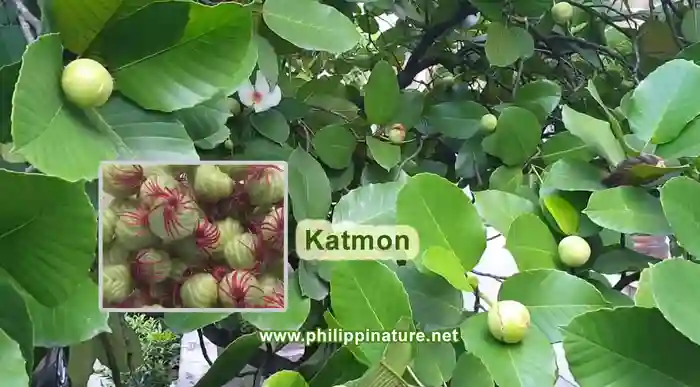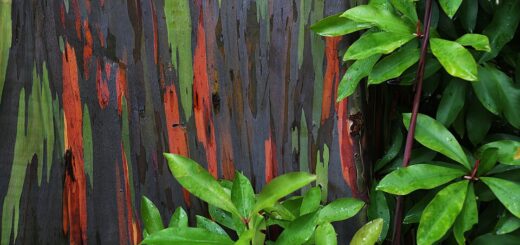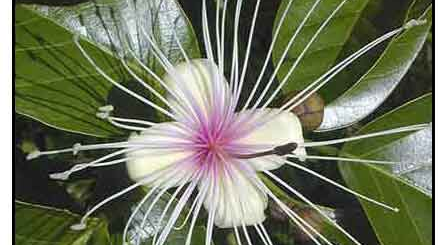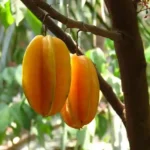Katmon

Katmon may not be as internationally famous as the mango or pineapple, but it stands as a testament to the richness of Philippine biodiversity. Whether enjoyed in a hearty stew or admired in bloom, this native fruit tree deserves a place in both our backyards and our hearts.
What is Katmon?
Katmon, locally called Bolobayaua (Dillenia philippinensis) is a flowering tree endemic to the Philippines, belonging to the family Dilleniaceae. It’s considered a native species and is often found growing wild in secondary forests and sometimes even in backyard gardens. The tree itself can grow up to 15 meters tall, with large, broad leaves and striking white flowers that bloom year-round. It can be found on Babuyan Islands, Luzon, Polillo, Mindoro, Masbate, Leyte, Negros Island, Guimaras, Cebu and Basilan.
But the real star is its fruit — a round, green orb roughly the size of an apple, covered in a soft, fuzzy skin. When ripe, it has a slightly sour taste, reminiscent of green apple or tamarind, making it a favorite in both culinary and medicinal uses.
Culinary Uses
Katmon’s unique flavor lends itself to a variety of traditional dishes. Locals often use the pulp to:
- Flavor sinigang and other sour-based stews
- Make jams and jellies
- Add a tangy kick to sauces and marinades
The katmon fruit is not usually found for commercial sale, and is instead harvested for personal use to cook traditional Filipino sour dishes.
Medicinal and Cultural Significance
Beyond its use in the kitchen, Katmon has long been recognized in folk medicine. Its leaves, bark, and fruit are believed to have anti-inflammatory and antibacterial properties. Traditionally, they are used to:
- Soothe coughs and sore throats
- Reduce swelling or skin irritation
- Treat wounds and ulcers
Although more research is needed to validate these medicinal claims, the tree remains a symbol of local knowledge and self-sustaining practices.
Katmon: A Tree Worth Saving
Sadly, despite its cultural and ecological value, Katmon is considered threatened in the wild due to deforestation and habitat loss. Conservation efforts are essential to preserve this native species, not just for its fruit, but for its contribution to biodiversity and cultural heritage.
Planting Katmon is not only a way to reconnect with nature — it’s also a quiet act of resistance against environmental degradation. Some community reforestation projects and botanical gardens now encourage the propagation of native trees like Katmon to restore forest ecosystems.
Check out Trees in The Philippines.
References:
https://en.wikipedia.org/wiki/Dillenia_philippinensis










